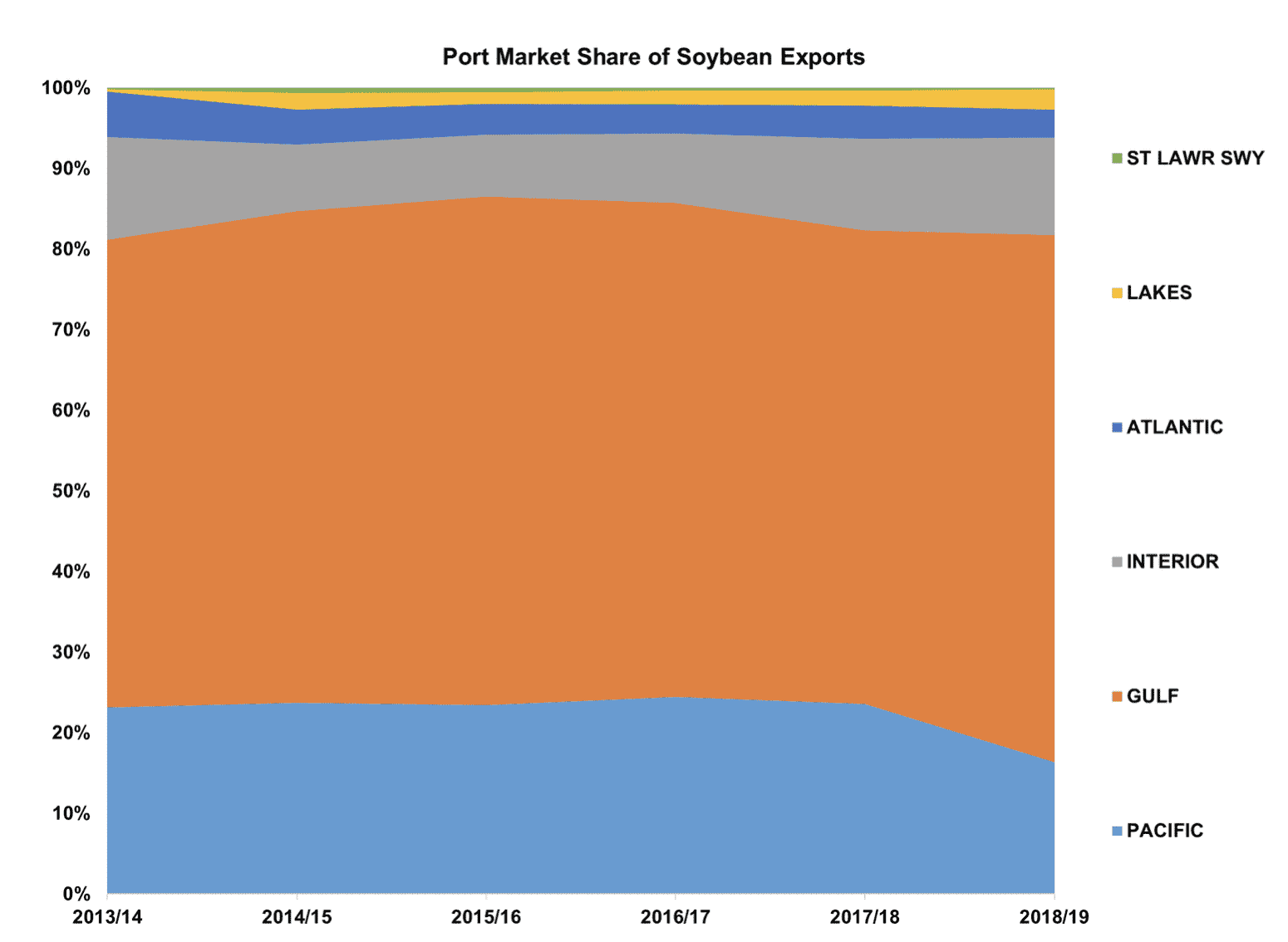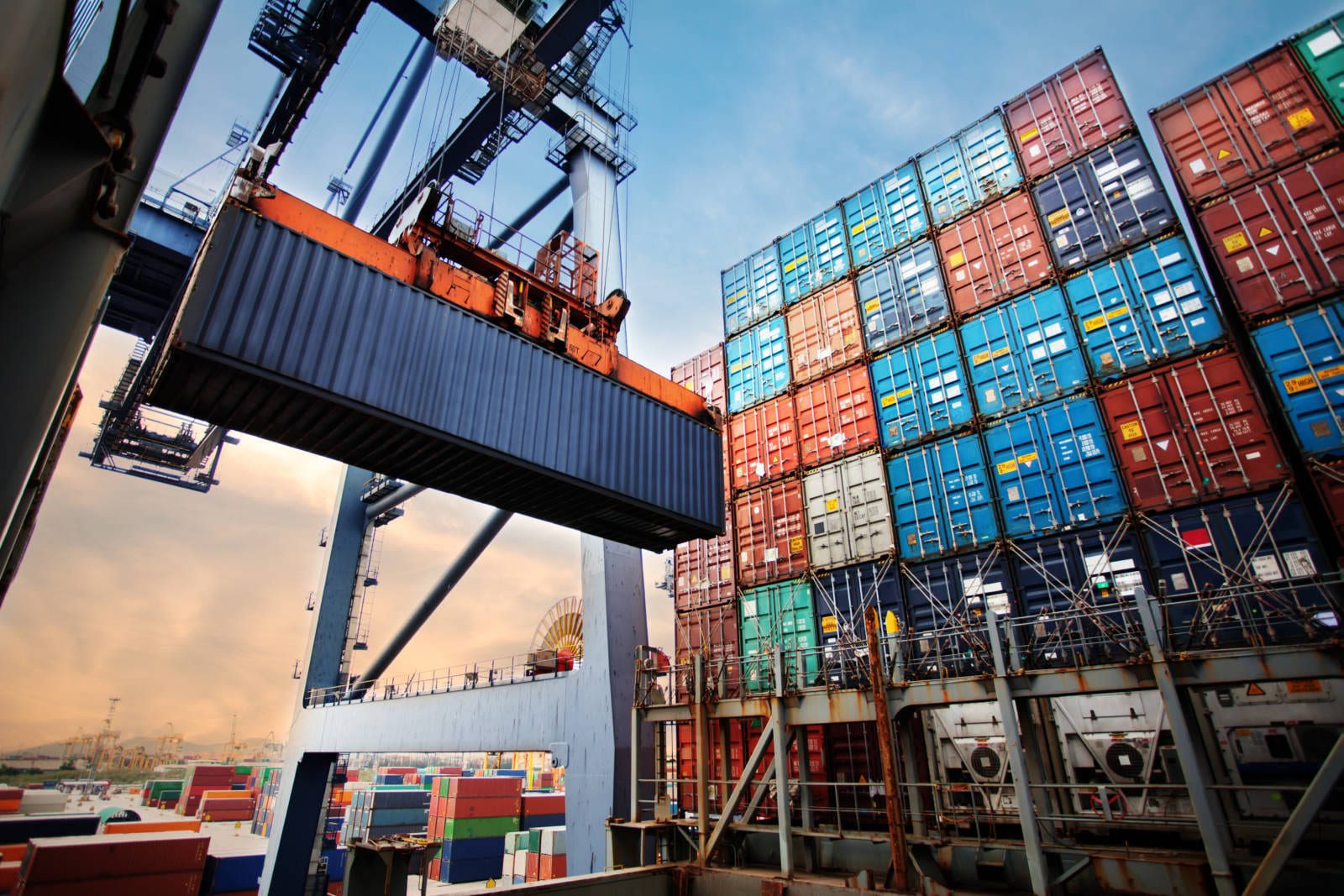For most products, logistics begin at the factory and end at the retail store or warehouse. For transportation, this creates a ratable service because the origination, destination, and quantity shipped are all known. For agricultural goods and commodities in general, the impacts from weather and government regulations are constantly shifting originations and destinations, which creates a constant challenge for logistics managers and transportation managers.
Every year the weather is not normal somewhere in the world. The resulting situation is either trade flows must change and/or prices must reach a level to clear or ration the supply. In addition, the availability of food and energy are major security concerns for governments, which means governments enact trade-altering regulations to meet those goals.
The U.S. and China are currently in a trade disagreement, which led to China imposing 25 percent tariffs on U.S. origin soybeans. The result is a portion of U.S. soybean export destinations switched from China to Europe. As a result, port market share of soybean exports for Pacific Northwest is down 8 percent while Center Gulf is up 6 percent. For anybody in the supply chain, this is a great example of how quickly the world changes in the field of commodities.

